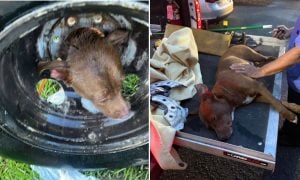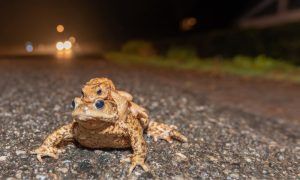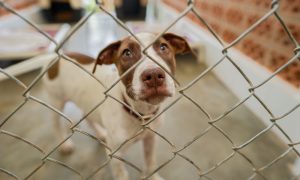For a second year in a row, scientists are recommending that the status of cheetahs be changed from vulnerable to endangered on the IUCN Red List of Threatened Species. Using unexplored data-gathering methods to analyze the population of cheetahs, the study reveals a cheetah population 11% lower than the IUCN’s for the same region.
The study results came from local information, photographs, and gathering over 20,000 observations on the free-range cheetah population in Botswana, Namibia, South Africa, and Zimbabwe from 2010-2016. Estimating about 3,577 free-range adult cheetahs in these areas, a very high concentration of approximately 55% of the free-range population was determined to be in Namibia, in largely unprotected areas.
Cheetahs are nomadic by nature. Examining the free-range population, in addition to the population in protected areas, like national parks, is the only way to accurately determine their overall risk. And these results indicate a rapidly declining future.
Once roaming through almost all of Africa and Asia, cheetahs have lost over 90% of their native range. As of 2016, there were an estimated 7,100 cheetahs left in the world. For the cheetah (one of the fastest animals on land), with over 50% of its population living outside of protected areas, conservation efforts outside of the protection zone are key to survival.
Growth rates of cheetahs outside protected areas are largely on the decline. The ongoing conflict between humans and nature is symptomatically played out in the cheetahs struggle to keep its habitat. On Namibian farms, 26.5% of farmers persecuted cheetahs while 49.7% considered the species “as causing conflict.” Wildlife farming and hunting caused the most cheetah deaths, with only 10 farm owners killing or trapping 71.9% of all persecuted cheetahs.
In the past century, the cheetah has seen a disturbing 90% population loss. Among some of the most egregious assaults is the import of 1,500 pelts in the 1960s to the the U.S. in the name of fashion. Untouched in the wild, a cheetah’s lifespan is 10-15 years; but with humans — their most feared predator — directly encroaching on their habitat, along with ranchers and poachers killing the big cats, the cheetah’s life expectancy has sadly shrunk to just 4-6 years.
The Red List is well regarded as the most comprehensive analysis on the status and extinction risk of species. Widely used in conservation efforts, its label can determine the life and death of a species. Changing the status could have far-reaching positive effects on conservation efforts. Halting the ongoing battle for land and promoting a peaceful coexistence is the only way to stop the eventual extinction of the very exquisite cheetah.






